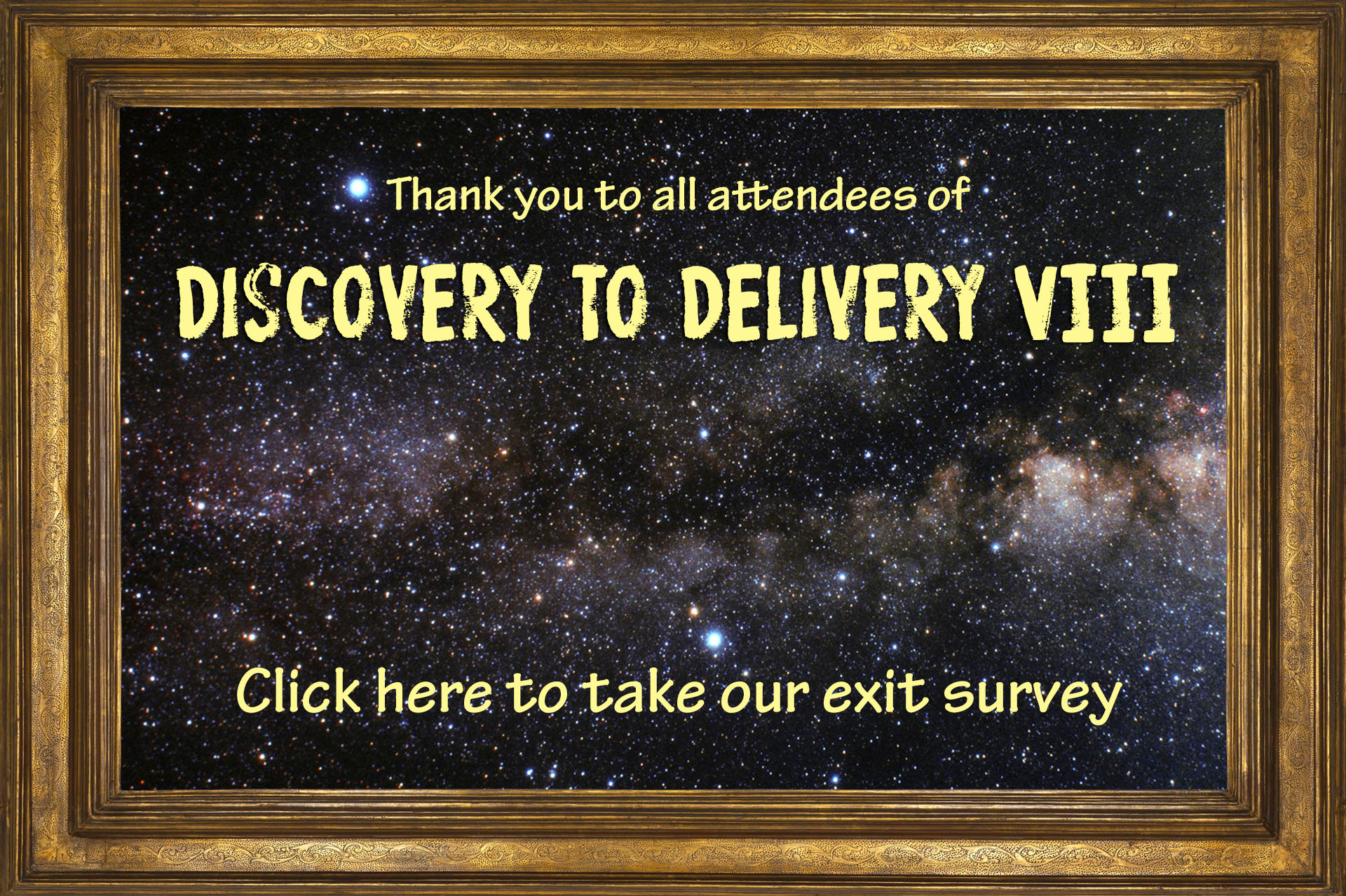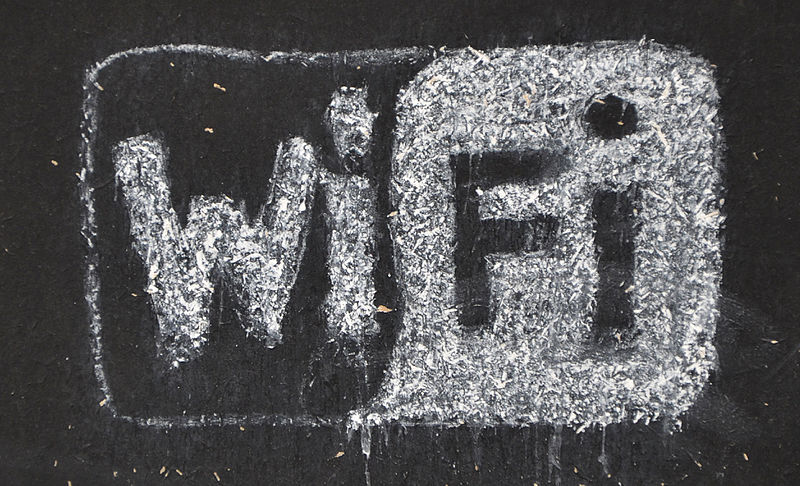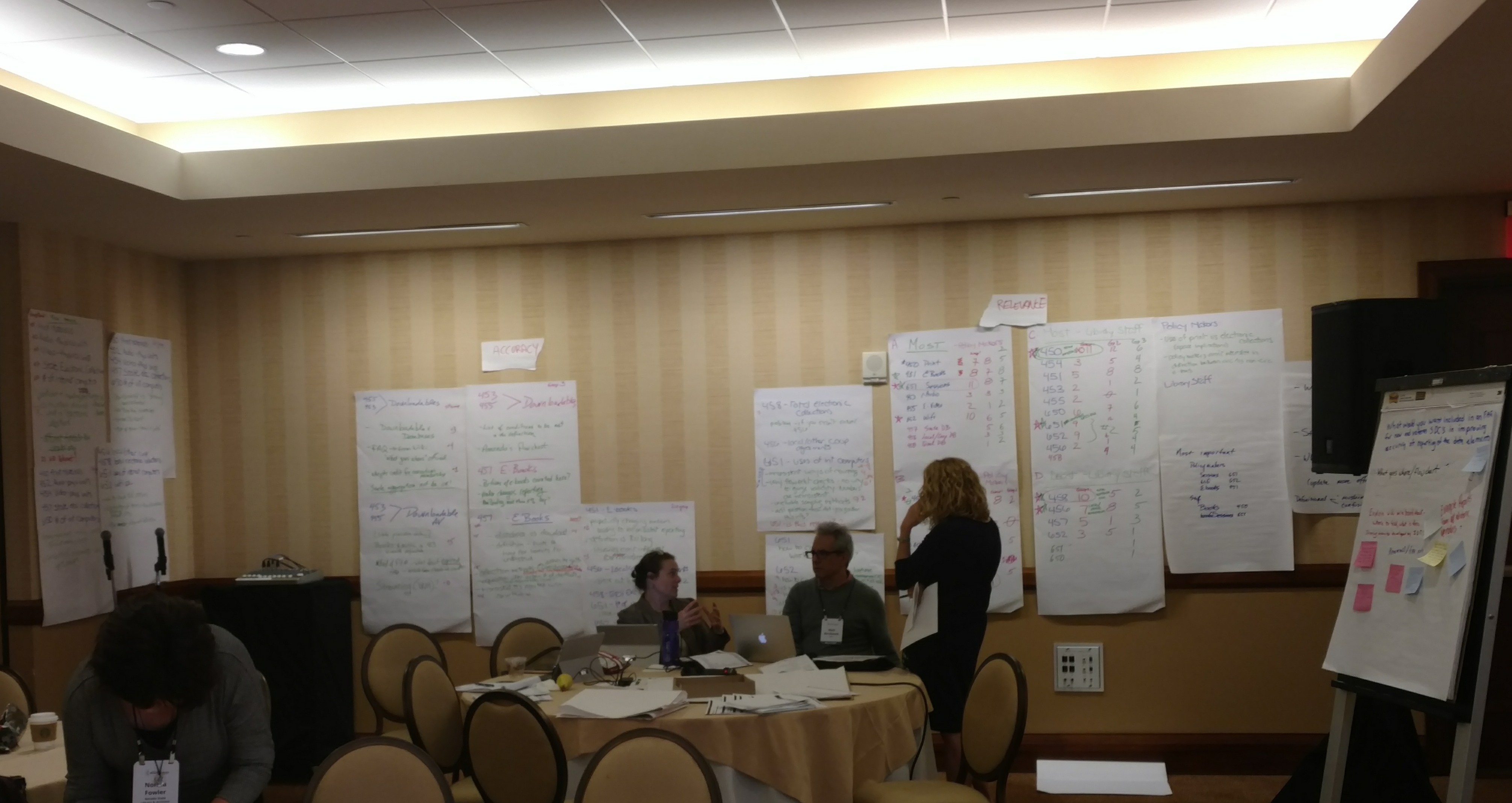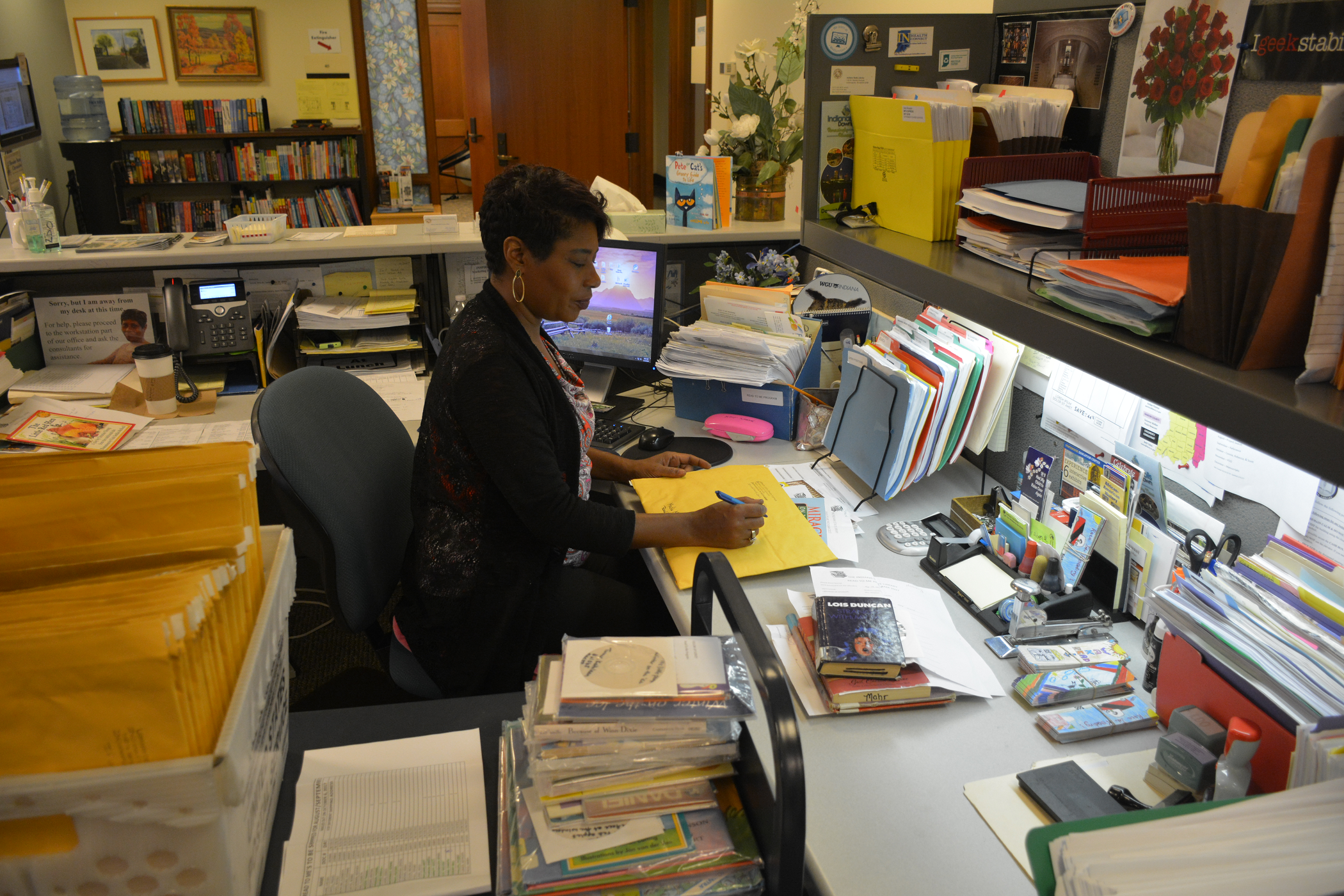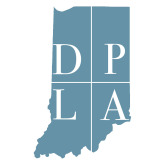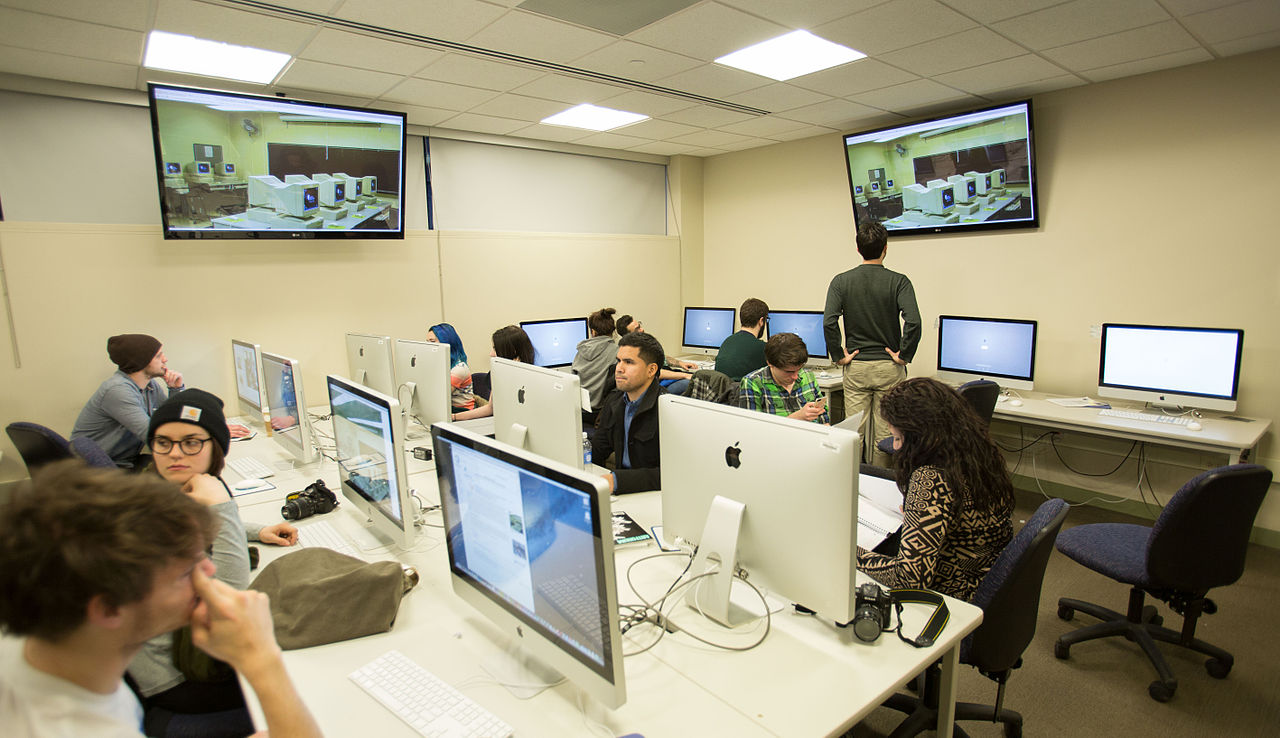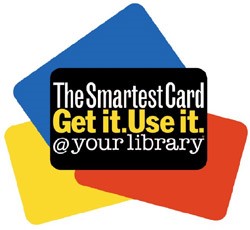The Indiana State Library, in partnership with the Academic Libraries of Indiana (ALI), hosted the eighth annual Discovery to Delivery conference (D2D8) on Friday, May 11, 2018. Discovery to Delivery is a yearly conference centered on resource sharing in the state and was attended by over 90 staff representing public, academic and special libraries.
The day kicked off with a welcome from State Librarian Jacob Speer. OCLC’s Tony Melvin then provided a list of the ten most-requested interlibrary loan titles in the U.S. and Indiana, as well as updates about changes to OCLC’s lending platforms including FirstSearch, WorldShare ILL and Tipasa, the replacement for ILLiad. Matt Straub, director of business development at NOW Courier, gave attendees an inside look at operations at the company that provides InfoExpress book delivery service. The morning wrapped up with a presentation from Debbie Hensler from Auto-Graphics, the company that provides SHAREit, which is the SRCS platform. Debbie shared information about new enhancements and a peek at the new platform, V6, anticipated for release in Q3 2018.
During lunch, participants were given the option to participate in a SRCS user group discussion for either public or academic libraries, an institutional libraries discussion or they could lunch on their own.
Following lunch, participants had the option to attend one of three breakout sessions:
- Party Time: Resource Sharing Cataloging Shelf – Anna Goben, Indiana State Library – Participants learned about Evergreen Indiana’s success hosting catalog parties around the state in an effort to crowd source the cataloging of new member libraries.
- Sharing Your Greatest Resource, You!: Developing and Hosting a Campus-wide Librarian’s Meet & Greet for Faculty & Staff – Courtney Block, Indiana University Southeast – Courtney discussed the importance of creating opportunities for access to the library’s greatest resource: the librarians themselves, and shared her experience hosting a “Librarian’s Meet & Greet” for faculty and staff.
- Are Your Statistics Lying to You? – Larissa Sullivant, Indiana University, Ruth Lilly Law Library – This session summarized the Indiana University Ruth Lilly Law Library’s recent inventory process, their challenges and successes and the effect of the inventory process on the collection and catalog.
A second session was then held with the following choices of presentations:
- Does (No) Discovery Lead to (ILL) Delivery? – Sherri Michaels and Rachael Cohen, Indiana University – This session presented the results of a study at Indiana University to determine the persistence of library users in obtaining known items.
- 10 Months of Tipasa – Meg Atwater-Singer, University of Evansville – Meg discussed how UEL’s staff were trained by OCLC, the “good, the bad and the ugly” aspects of migration and how the migration has impacted department workflows.
- Interlibrary Loan 101 – Holli Moseman, Indiana State University – Holli provided an introductory session that covered the basics of borrowing, lending, document delivery and copyright.
Since it was difficult to choose which session to attend during each breakout, plenary discussions and reports from each session were provided after both. The presentations are also posted on the conference program page.
The day wrapped up with a final plenary discussion and attendees returned to their home libraries, hopefully, having a better understanding of the bigger picture of resource sharing in Indiana and of the changes on the horizon.
The Indiana State Library would like to thank the Academic Libraries of Indiana, Ivy Tech Community College, OCLC, NOW Courier, Auto-Graphics and members of the Resource Sharing Committee for their contributions to the day.
This post was written by Jen Clifton, Library Development Office, Indiana State Library.


